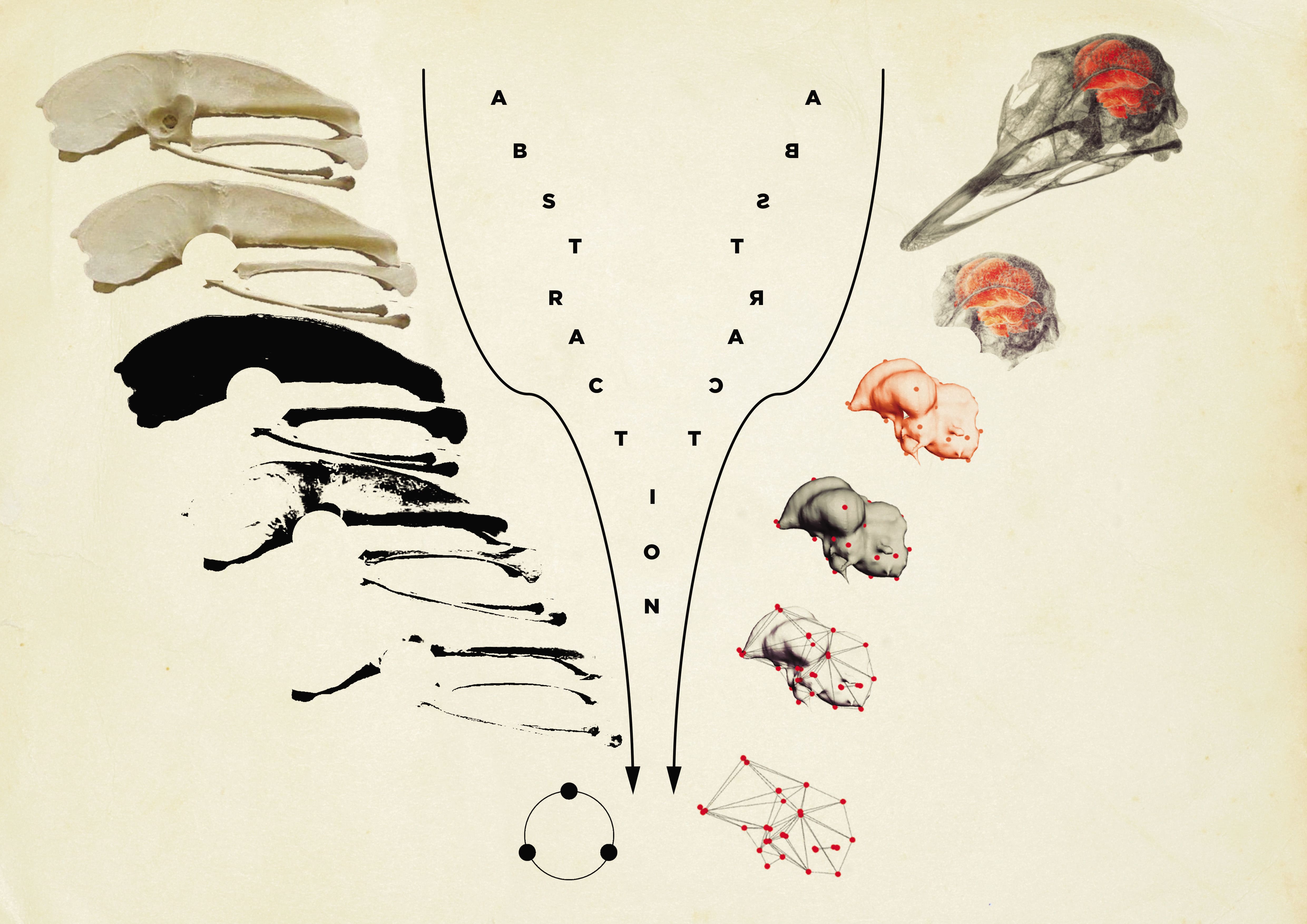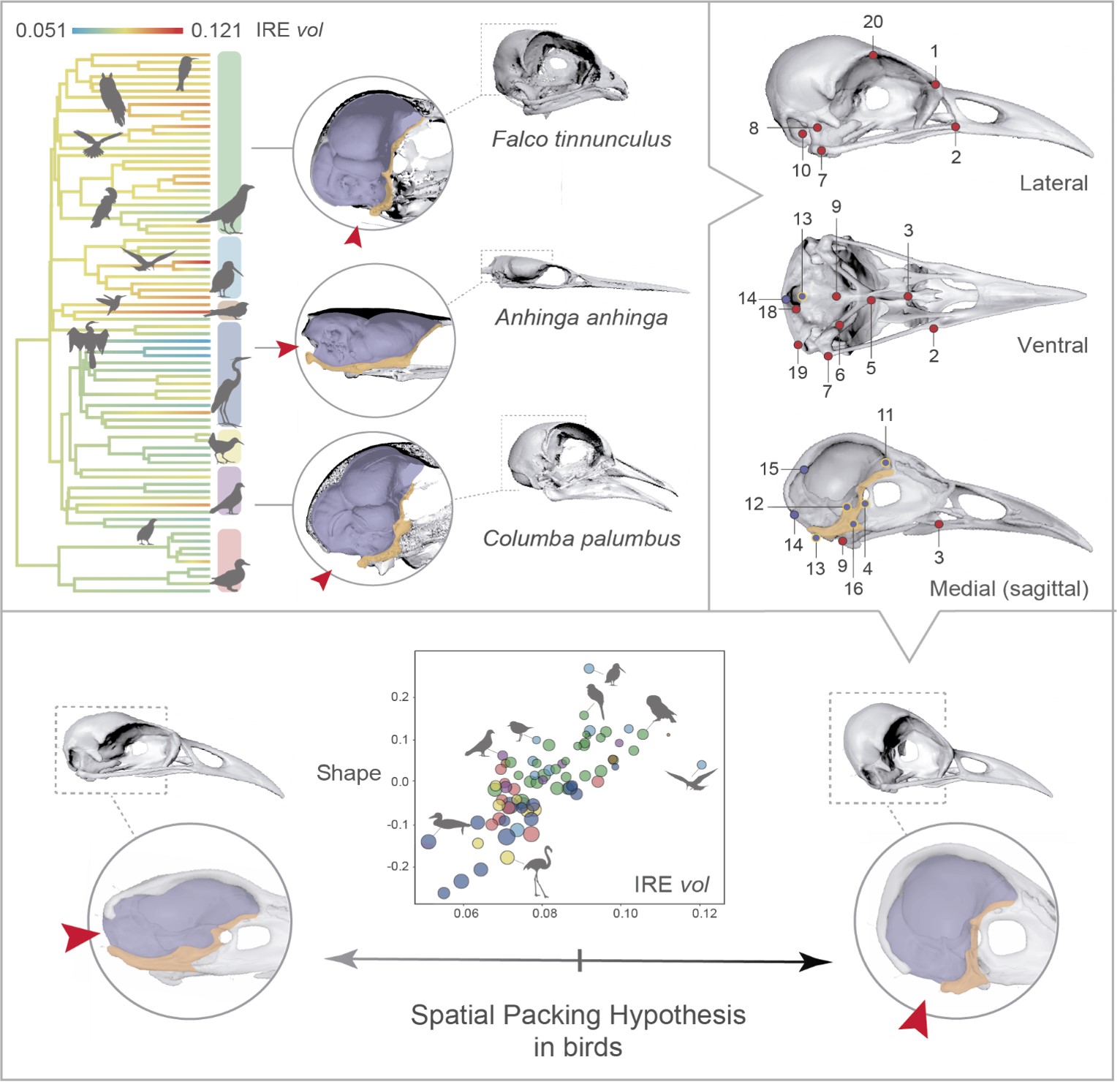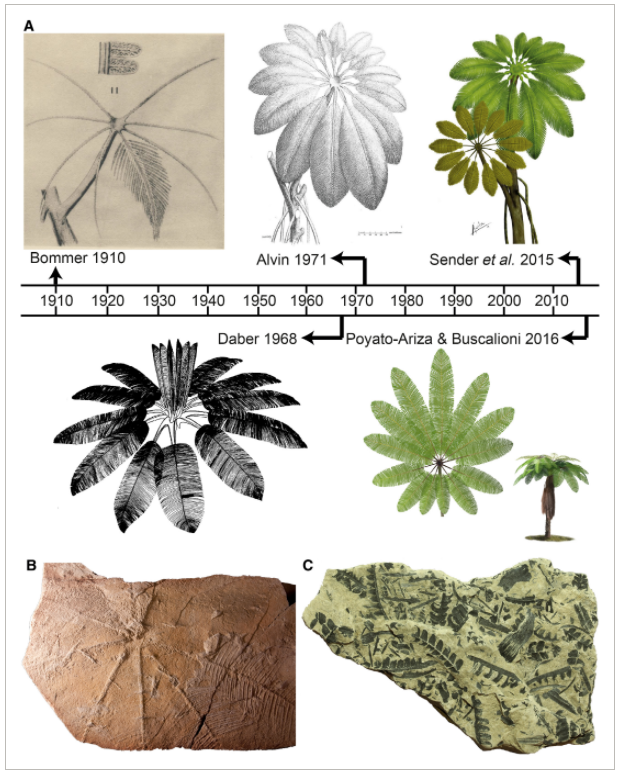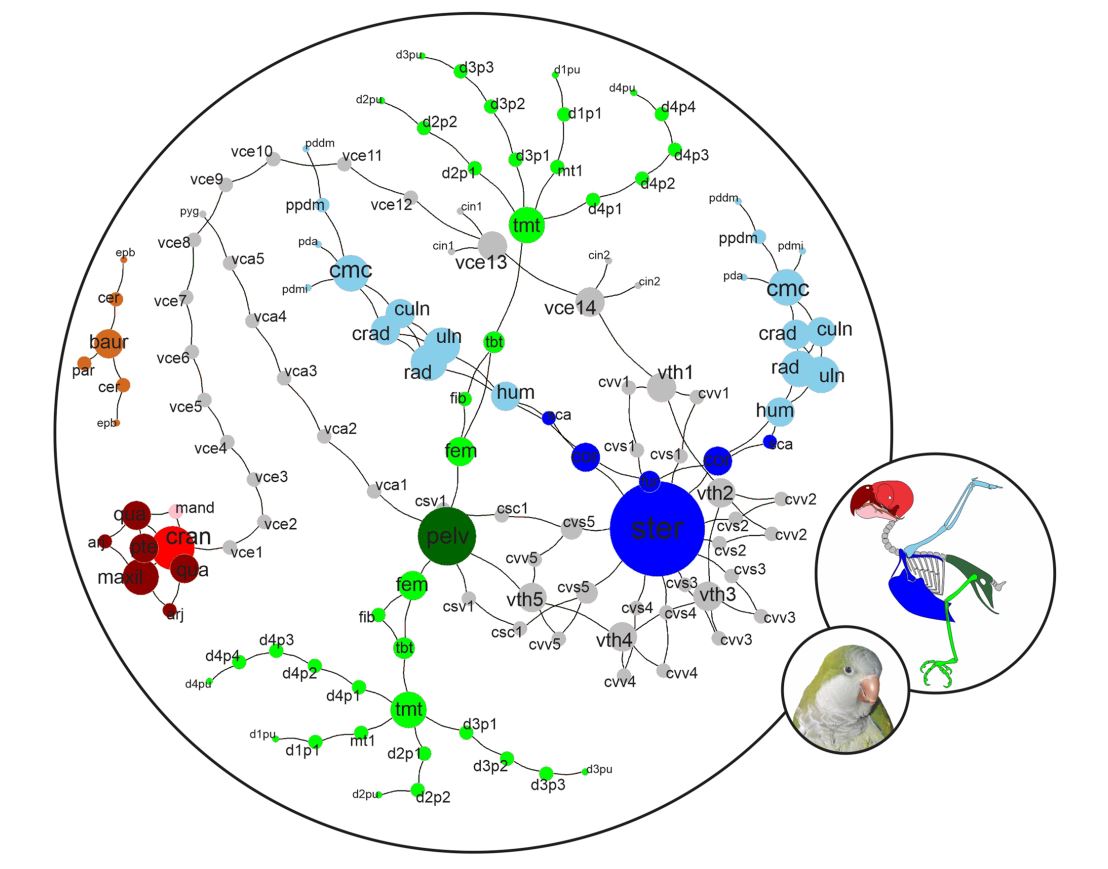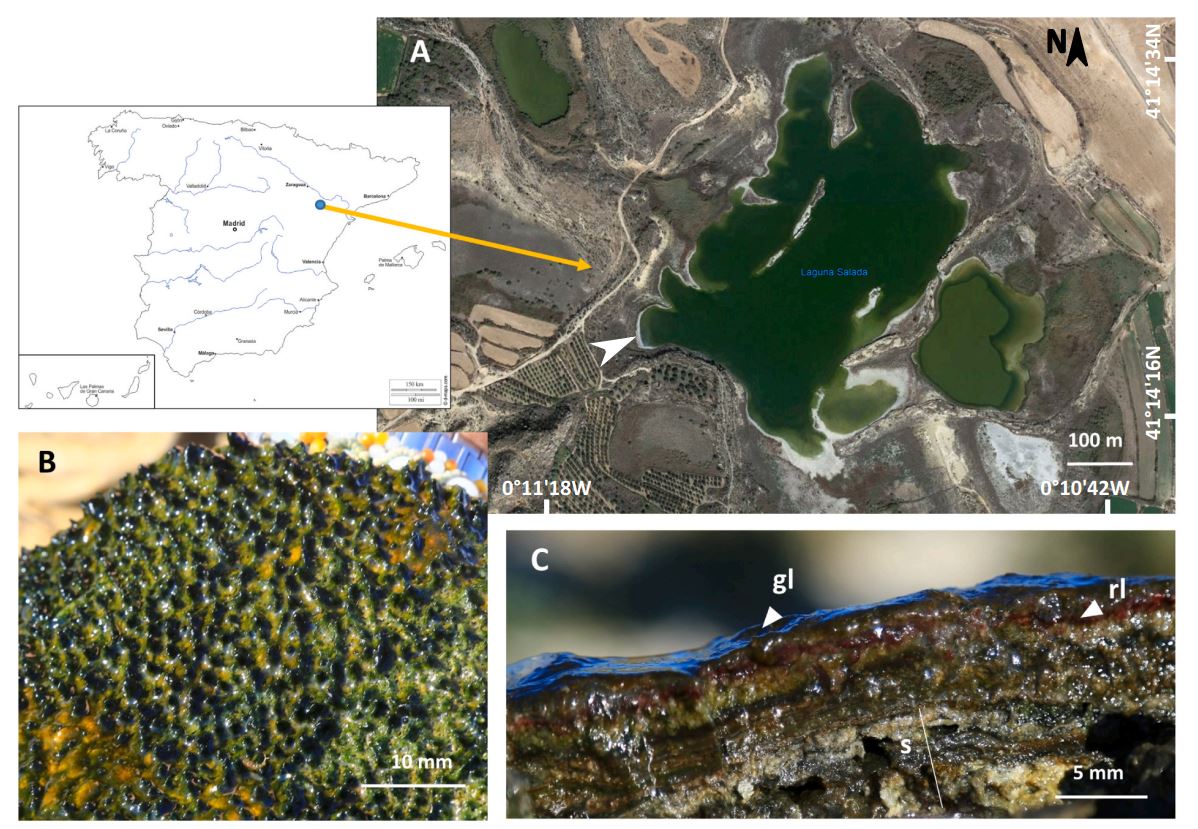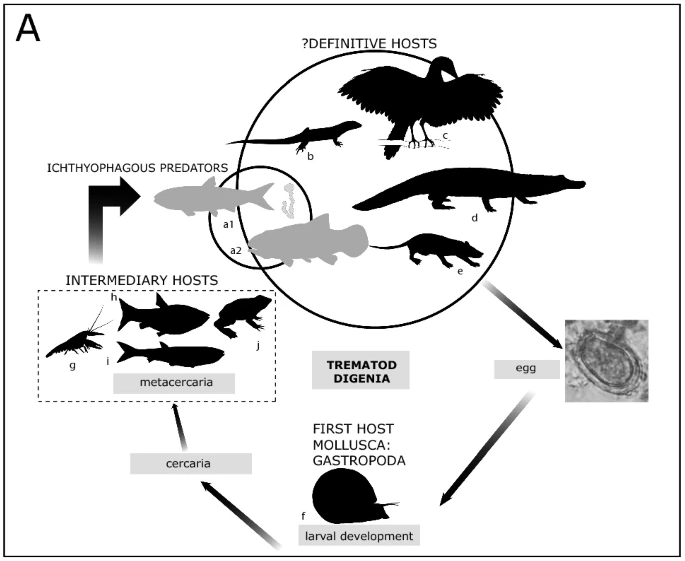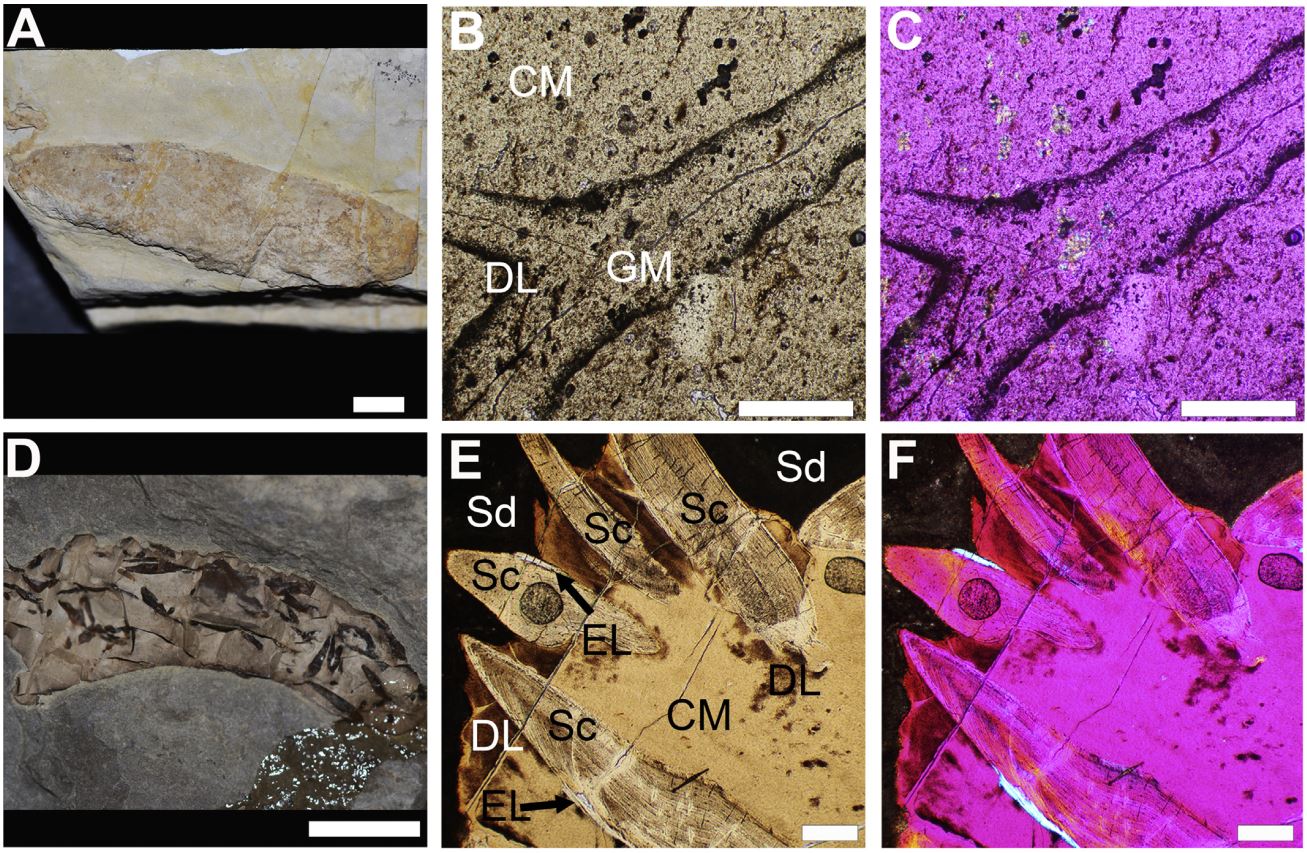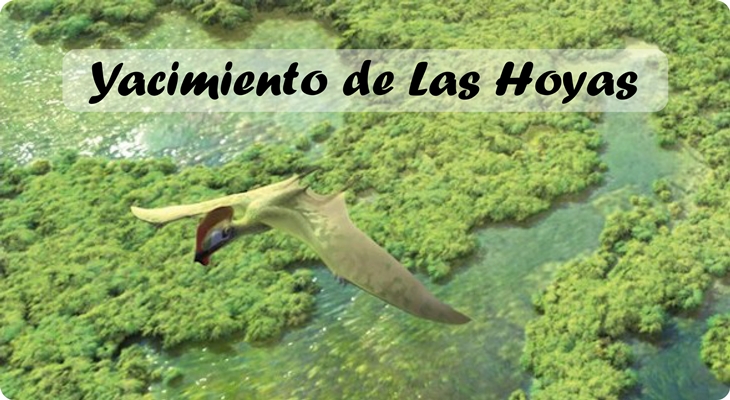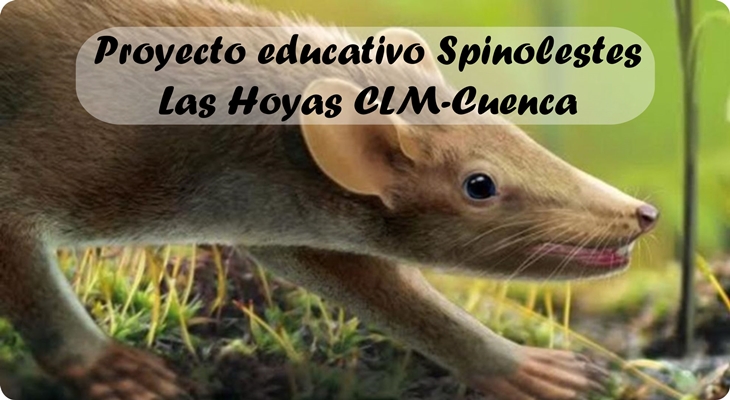Los estudios en Paleobiología son el mejor ejemplo de la necesidad de integrar transversalmente disciplinas muy diversas, pero complementarias y relacionadas entre sí para comprender el fenómeno evolutivo.
CUANTA EVOLUCIÓN SE PRODUCE EN LA EVOLUCIÓN: MODELOS DE CAMBIO EVOLUTIVO
El desarrollo de nuevas metodologías digitales de gran impacto visual y analítico sobre los cambios de forma en los seres vivos incorpora aplicaciones procedentes de la ingeniería, con un sostén estadístico y matemático con los que se comprueban los nuevos conceptos en evolución que exploran las dinámicas históricas y funcionales de los organismos.
Beyond the beak: Brain size and allometry in avian craniofacial evolution
Beyond the beak: Brain size and allometry in avian craniofacial evolutionNew insights into the affinities, autoecology, and habit of the Mesozoic fern Weichselia reticulata based on the revision of stems from Bernissart (Mons Basin, Belgium)
New insights into the affinities, autoecology, and habit of the Mesozoic fern Weichselia reticulata based on the revision of stems from Bernissart (Mons Basin, Belgium)The Network Ontogeny of the Parrot: Altriciality, Dynamic Skeletal Assemblages, and the Avian Body Plan
The Network Ontogeny of the Parrot: Altriciality, Dynamic Skeletal Assemblages, and the Avian Body PlanFRONTERAS EN PALEOBIOLOGÍA
La Paleobiología en su interacción química y física con la materia orgánica e inorgánica cruza múltiples disciplinas y expande continuamente sus fronteras, produciendo nuevos campos como la Geobiología, la Tafonomía Molecular y Celular, o el estudio de los patrones y sesgos de la Macroecología.
Soft tissue histology of insect larvae decayed in laboratory experiments using microbial mats: Taphonomic comparison with Cretaceous fossil insects from the exceptionally preserved biota of Araripe, Brazil
Soft tissue histology of insect larvae decayed in laboratory experiments using microbial mats: Taphonomic comparison with Cretaceous fossil insects from the exceptionally preserved biota of Araripe, BrazilThe late Barremian ecosystem of Las Hoyas sustained by fishes and shrimps as inferred from coprofabrics
The late Barremian ecosystem of Las Hoyas sustained by fishes and shrimps as inferred from coprofabricsConsulta también...

Un #FossilFriday muy radiofónico. Entrevista a Candela Blanco Moreno y Sergio Martínez Nebreda
Candela Blanco Moreno y Sergio Martínez Nebreda, nos cuentan en dos entrevistas los detalles sobre sus últimas investigaciones acerca de los helechos del Mesozoico y su reconstrucción paleoartística y la evolución de la mano del linaje de dinosaurios que dio lugar a las aves, respectivamente.
Contacto
Centro para la Integración en Paleobiología (CIPB)
Edificio de Biología
C Darwin 2
Universidad Autónoma de Madrid
E-28049 Madrid, España
91 497 8139
